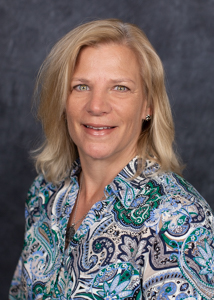 On Texas A&M Center for Sports Management Research & Education Week: Sports programs can have a lasting impact for girls in some communities.
On Texas A&M Center for Sports Management Research & Education Week: Sports programs can have a lasting impact for girls in some communities.
Marlene A. Dixon, professor in the department of health and kinesiology, explores one community that needs a change.
Dr. Marlene Dixon is a Professor and Chair of Graduate Studies in Sport Management at Texas A&M University. A long time sport participant, coach, and scholar, her passion lies in creating sport experiences for girls and women that optimize the life quality for those involved in all facets of the sport experience. Dixon was named the Earle F. Ziegler career achievement recipient in 2020, and is a Research Fellow in the North American Society for Sport Management. Her current project is a collaborative effort between Leadership Foundations and the Center for Sport Management Research and Education at Texas A&M.
Effects of Sports Programming on Girls in Underserved Communities
The overall goal of the current research agenda is to understand how to build sport programming that supports life skills development of adolescent girls, that is culturally relevant to the participants, and that is locally sustainable. Our current work is focused in the informal settlement of Kibera in Nairobi, Kenya. Anyone will tell you it is TOUGH being a girl in Kibera. As we build sport programs, we are finding that sport creates a strong scaffold for building courage among adolescent girls, and can become the center of a holistic program that also builds capacity in the forms of academic skills, resilience, and sense of hope. One of the big lessons learned in our study is about the process of organizational hybridity. The grassroots organization in this study had a strong vision for change, yet lacked many of the resources to make that change a reality. Thus, they reached out to external partners for assistance with both human and financial resources. The study examined how the grassroots organization changed with the addition of stakeholders (especially those from the Global North). It also revealed how some logics and changes were embraced, while others were resisted. Our study demonstrates essential elements of process that are necessary to work through multiple and competing logics. It also outlines some of the guardrails needed in grassroots organizations to protect their mission and identity, while revealing the value of new organizational forms that emerge from creatively solving tensions across multiple and diverse organizational partners.

